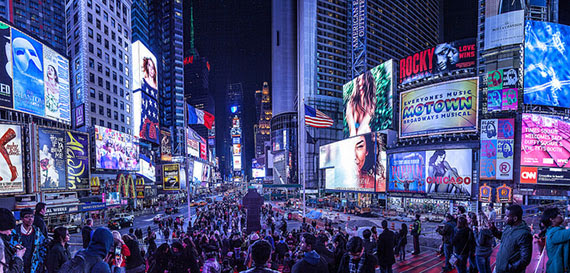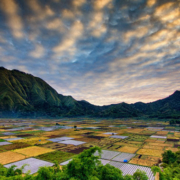Travel Photography Tips and Techniques – Really simple and easy for all
With travel photography you want to convey not only the scenes you have seen but also the feelings and emotions associated with the locations. The unexpected is always around the corner when you travel and with some careful preparation and a keen photographic eye you can produce some memorable results.

Good travel photography starts at home or the office before you leave for the airport and weeks in advance of your trip. Here’s how capture great travel images.
1. Research before you leave
Purchase the best travel guide you can afford and find out everything about the locations you will be visiting. Find out about the natural beauty, tourist sites, and the culture. Look at the images in the guides and see what the important areas are and what you need to record.
Learn about local transportation and distances as well as timing to reach the areas you want to visit. Learn about the culture and find out what you can photograph and what is taboo, what the dress codes are and any local laws or rules. Buy a phrase book and learn some of the key phrases to communicate when photographing. You will be amazed at how this will open doors for you.
2. Prepare a checklist
Essential for any photographer is a checklist of everything you will need for the trip, photographically as well as you normal travel needs. Check that all your gear is covered by insurance and that it is up to date. Take proof that you purchased your equipment at home and not abroad so you don’t get landed with customs duty on your return.
3. Avoid cliches
Don’t return with all of the images that are in the guide books which everyone has seen. Use new angles and try get to viewpoints that are not traditionally used for photos. Leave the tourist path and get away from the bus. If you can afford it, hire a private guide to take you off the beaten track.

4. Photograph local life
Local life in foreign countries is rich with sights and scenes that are brand new to you. You’ll often find that you will experience your photography much more by getting to know the local folk and seeing just what their daily life is like. By capturing the essence of their lives and homes you will experience the journey and capture memories that are unique and far more interesting.
5. Make yourself the subject
As the photographer you probably find that in all aspects of your life there are few images of you in front of the camera. So go out of your way to include yourself in photos while touring. Ask a travel companion, a guide or another tourist to take photos of you experiencing the local life. With digital you can see immediately the results of their work and whether you’ll need to reshoot it.
6. Take portraits
By respecting the local culture and as I mentioned learning a few of the most important phrases most locals will allow you to shoot their portraits. When photographing them close-ups are great and reveal character and the beauty of people you aren’t familiar with. But, this is the time to photograph portraits of people within their environments so shoot fewer head and shoulders and more with some of the background. Use wide angle lenses more often for great shots.
7. Shoot candids
With a longer lens and the ability to stay in the background and keep your distance you are able to photography people without them knowing. Unposed photos have people behaving totally naturally in their environments without the pressure to pose. The key here is to remain unobserved. Reveal yourself only once you have your shots. Look for opportunities that will reflect the local culture and people naturally.

8. Look for detail
By getting in closer and photographing the traditional clothes and jewelry you will see details in the color and styles. Look for details in the architecture, transport and local costumes that reveal something more than a traditional shot. A macro or telephoto is great for this type of shot.
9. Tell a story
By shooting a series of shots at a location you will be able to tell a story of the life of the local people. How they dress, work, have fun and where they live and relax. Select a theme or shoot at a market and try to think about the end result and how you will tell friends and family about your trip in just pictures. Maybe shoot a day in the life of a local you have befriended from morning till bedtime.
10. Take lots of photos
Work out how many images you think you should shoot and then double it. And then double it again. You can never take too many images. This may be the only opportunity for you to see this country and rather edit later than lose the memories by shooting too little. Not every picture will be perfect but it will be a memory. You are not just looking to create perfect photos but also great memories. Digital film is inexpensive so take lots of memory cards with you.
Travel is often a once in a lifetime opportunity for many people so go well prepared and come back with memories that will last a lifetime. Happy shooting!
About the Author:
Wayne Turner has been teaching photography for 25 years. Passionate about photography, radio and video. He is a Radio CCFm producer and presenter in Cape Town.
















